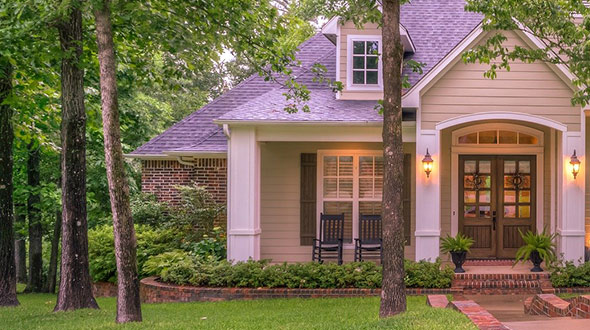Tree Felling – Tips on How to Prevent Damage to Your Home and Landscapes
Tree felling is the physical action of removing a tree from its artificial or natural topsoil or from a building. Tree felling can also refer to deliberately cutting a tree down which usually describes tree felling in urban areas by cutting right at the root level of the tree. This form of removal is very dangerous and requires advanced tree felling methods in order for everybody involved to stay safe and the nearby area unharmed. There are various benefits to be gained from tree felling since it generates new open space in the neighborhood of the tree that’s not affected by the tree removal and restores the aesthetic value of the surrounding land. Following are a few of the benefits and pitfalls of tree felling.
Tree Felling – Tips on How to Prevent Damage to Your Home and Landscapes

Trees that are leaning or stained may require more extensive work until they may be felled. Tree felling cannot always eliminate a leaning tree but if sufficient effort is made to thin out the overgrown undergrowth of tree roots and to eliminate the overgrown branches the leaning tree can be brought back into a right position. Thinning out may take quite a while depending on the thickness of this undergrowth of trees along with other aspects like soil conditions and access points. Tree thinning out may also involve more expensive materials such as steel wires and heavy cutting equipment.
Tree Felling – Tips on How to Prevent Damage to Your Home and Landscapes
There are various benefits of tree felling trees in or near forests. Trees which are diseased or have diseases that threaten the community can be eliminated to prevent these issues from spreading. Diseases spread through animals and insects carried by people can also influence our native forest species. Removal of dead or diseased trees may be a preventative measure as well as an aesthetic enhancement.
Tree Felling – Tips on How to Prevent Damage to Your Home and Landscapes
Tree felling is best undertaken by a professional tree surgeon who is acquainted with felling trees also has experience of using the newest instruments and techniques. The kind of tree and shrub you’ve got will also affect the tree felling process. A tree surgeon should be able to counsel you as to what specific tree felling equipment you need, and a lawyer will provide this. A fantastic set of chainsaws will be asked to cut down large trees. Chain saws vary in functionality and design between types, therefore it’s essential that you choose one that’s acceptable for your requirements.
Decisions relating to height and angle of approach will need to be made. Most felling trees are felled in one angle however there are a number of exceptions where a couple of parallel trees may be felled at equal angles to ensure a more even supply of limbs. One more factor to think about is how close together the limbs need to be felled. If limbs grow closer together they will increase the risk of accidental injury. This may happen if the limbs are felled too close together. It is often preferable to fell trees at different heights based on the overall form of a shrub.
When the tree was felled, it is going to have to be cleaned before removal. Cleaning helps bring about a much healthier outlook for the area around the felled area. A site preparation program should be drawn up to help identify the best approach to gather all moist or wetting substances and to reduce the probability of contamination. Deodorants or bio deodorizers can help bring about a healthy working environment and will help bring the life back to regions that had been affected by tree felling. Once the clean up procedure has completed you will have to remove all debris from the fall zone and then dispose of it securely.
- When tree felling is carried out safely the effects of cutting can be limited. The very best approach to operate safely when cutting large trees is to start cutting a height that is reasonable to your work place and take action to ensure that you get a very clear line of sight and therefore are cutting straight behind and in front of all limbs. If you are cutting small trees that are in their early phase of growth, you should consider using a pruning machine so as that will help you get a good angle when trimming. Bear in mind that if cutting big trees you should always make certain there are no tree branches in your line of vision.
If you are thinking about carrying out tree felling or tree thinning yourself, then it’s important that you first get expert tips about how best to cut a tree down to make sure you don’t lead to harm to yourself. The main thing when doing this type of work is safety. It’s crucial that you abide by all safety and health guidelines for cutting down trees to avoid any health problems. If you are cutting a tree for personal use, you should get a consent form signed by a neighbour to offer you consent to cut the tree with no written permission. In the case of felling a tree on your own, you should seek professional advice and learn how to cut a tree down safely.

